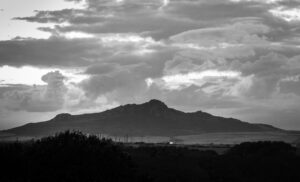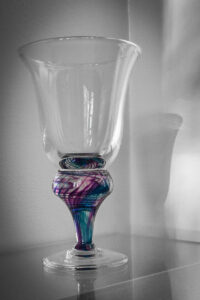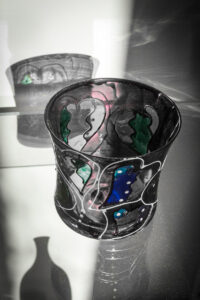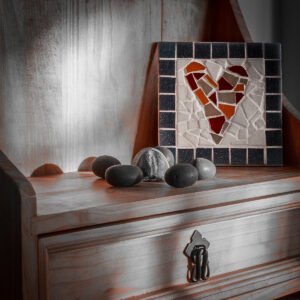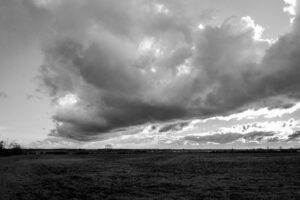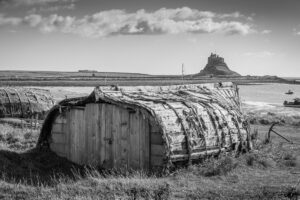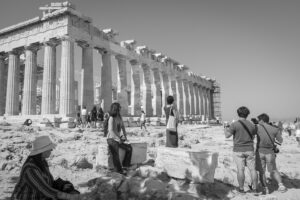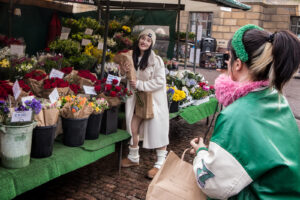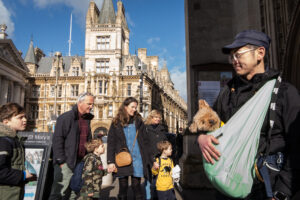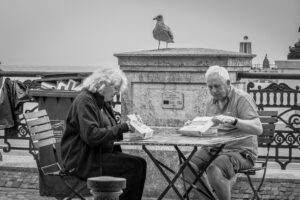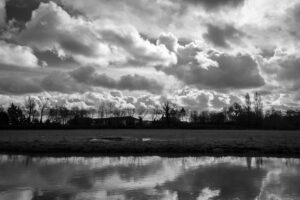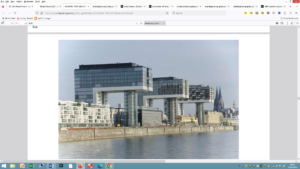Mining the Diaries 94: wales
Arosfa, Goat Street, St Davids, 7th July 2020
I found a copy of an 1880 edition of Gilbert White’s The Natural History of Selborne among the neglected books lined up along either side of the fireplace yesterday. The morning was grey and wet and after a late breakfast I settled down to see what the 18th century cleric had to say about swifts, birds that are so much a feature of summer here as they swirl around the Cathedral. He notes their arrival in May, describes their life on the wing, observes their nesting ‘in crannies of castles, and towers, and steeples’ and is intrigued by ‘something new and peculiar with respect to them, and different from all other birds … that swifts propagate on the wing’. He records their departure in August, but doesn’t know where they go (to Africa). To White, ‘Swifts are anomalous in many particulars’.
The weather showed little sign of improving, so we set out for a late morning walk to St Non’s Bay. A herd of immaculate black and white Friesian cows stood patiently in a field just beyond Warpool Court – the only sounds were of the cows grazing and water dripping from the trees. The Chapel was open for prayer and contemplation; swallows skimmed in and out; and a soft-spoken Irish women from the Retreat came in and lit candles. Stained glass showed Saint Bride with fishes and St Brynach with a cuckoo – legend has it that the first cuckoo of the year in west Wales calls from the top of the saint’s cross in Nevern churchyard.
We walked south to Pen y Cyfrwy overlooking the bight of Caerfai Bay. Down below gulls uttered mournful cries as they floated over the gently surging sea; nearby a stonechat and a wren gave warning calls from gorse perches.
After lunch we did a circuit round the silent and deserted cathedral precincts in light rain with water dripping from the ashes and sycamores. We felt like characters in one of those science fiction films, who wake to find themselves in a deserted place with nobody about, the whole population spirited away, or shut indoors afraid to come out because of some unnameable threat.
Back to a warm house and Gilbert White.

